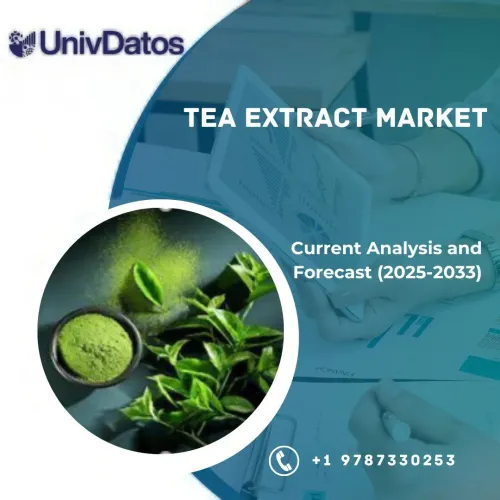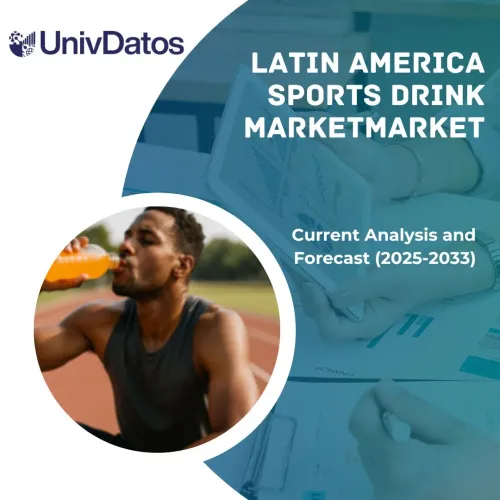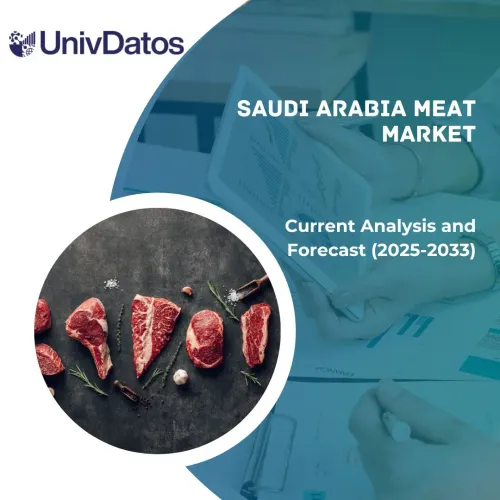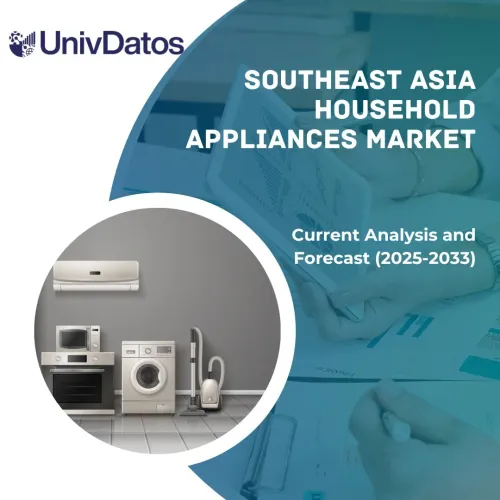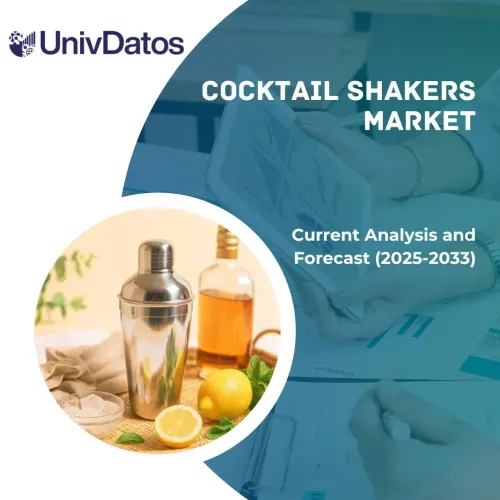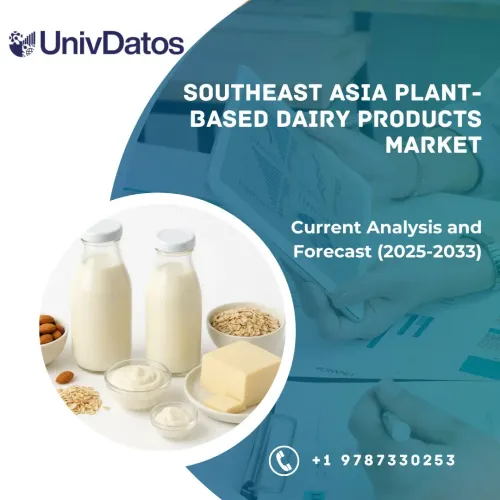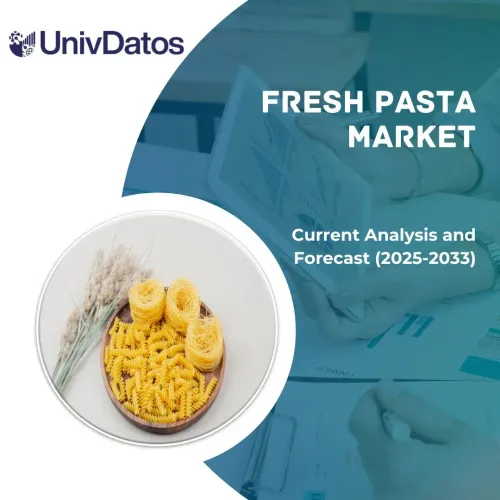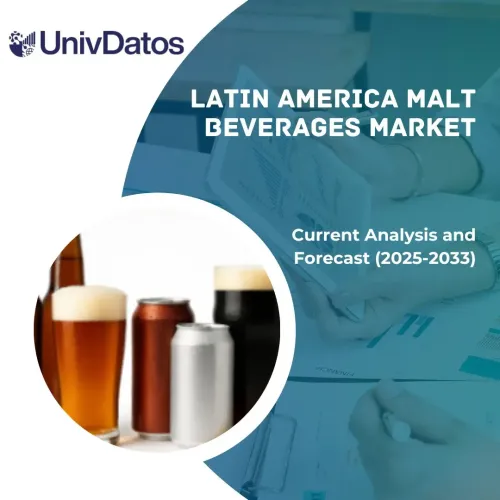- Home
- About Us
- Industry
- Services
- Reading
- Contact Us
Latin America Sports Drink Market: Current Analysis and Forecast (2025-2033)
Emphasis By Product Type (Hypotonic Drinks, Hypertonic Drinks, Isotonic Drinks, Electrolyte Drinks, and Energy Drinks), By Form (Organic and Non-Organic), By Packaging (Bottles, Cans, Others), By Sales Channel (Offline and Online), By Country (Mexico, Brazil, Argentina, Chile, Rest of Latin America)
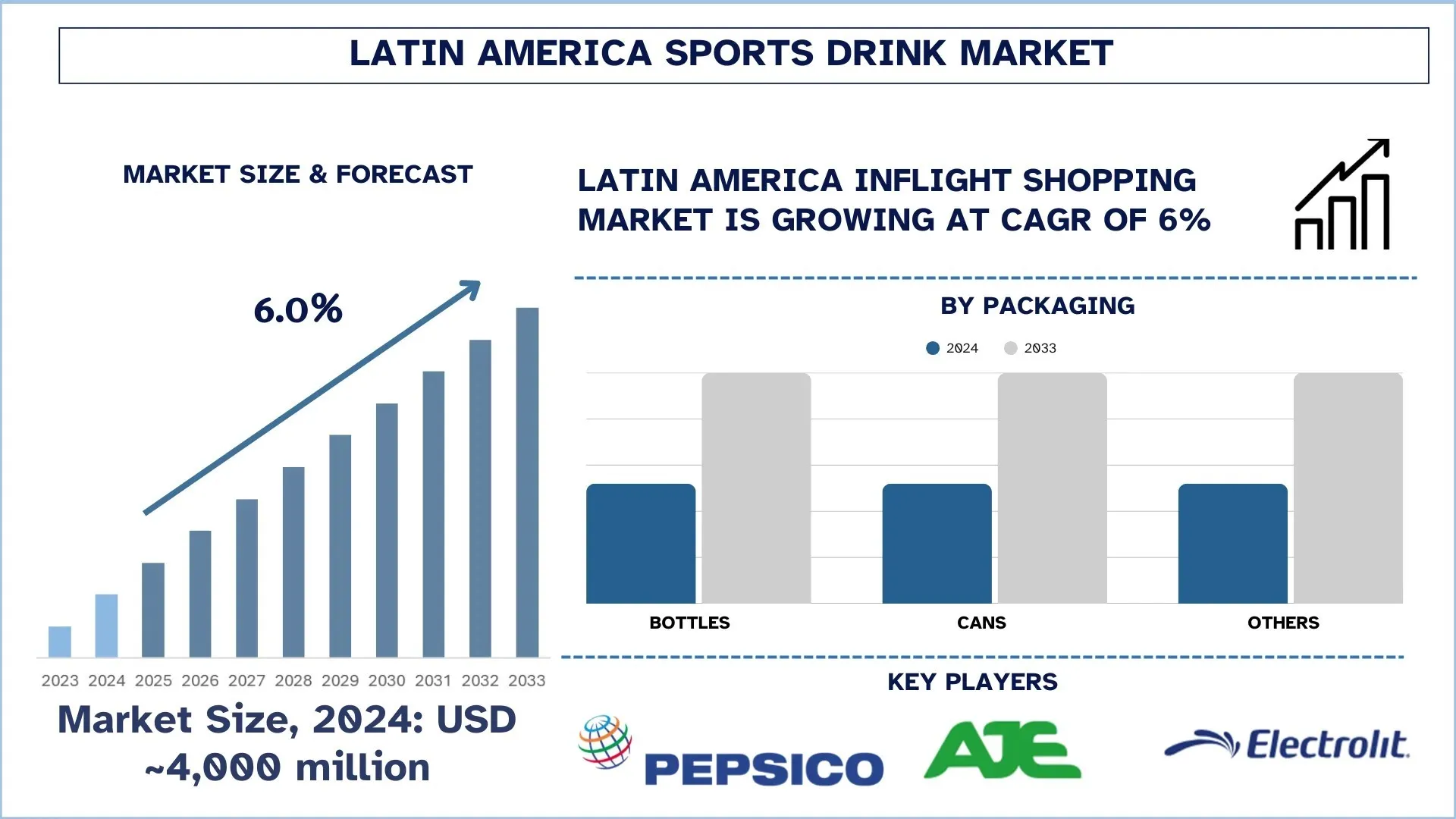
Latin America Sports Drink Market Size & Forecast
The Latin America Sports Drink market was valued at USD 4,000 million in 2024 and is expected to grow at a strong CAGR of around 6% during the forecast period (2025- 2033F). Big ticket games & sponsorship, and omnichannel reach, exploding in the region, are some of the key factors that have supported the market rise of Sports drinks in the Latin America region.
Latin America Sports Drink Market Analysis
The sports drinks market in Latin America is entering the phase of accelerated development of the sports drink due to the shifts in the lifestyle of the population and their relationship to sports culture. The popularity of hydration-based beverages has increased due to the growth in the number of individuals who participate in fitness, running, and team sports, as well as high-profile events such as the Copa America. Traditional isotonic beverages cannot be neglected, but people shift to low- or zero-sugar drinks, functional hydration water, and natural ones, including coconut water. The increase in access through the growth of retail stores, including convenience stores, to online shops is growing, and the frequency of heatwaves in Brazil, Mexico, and Chile is putting a strain on them. However, the regulatory scrutiny of sugar content, uneven disposable income, and distribution channels are the structural obstacles to sustainable market growth.
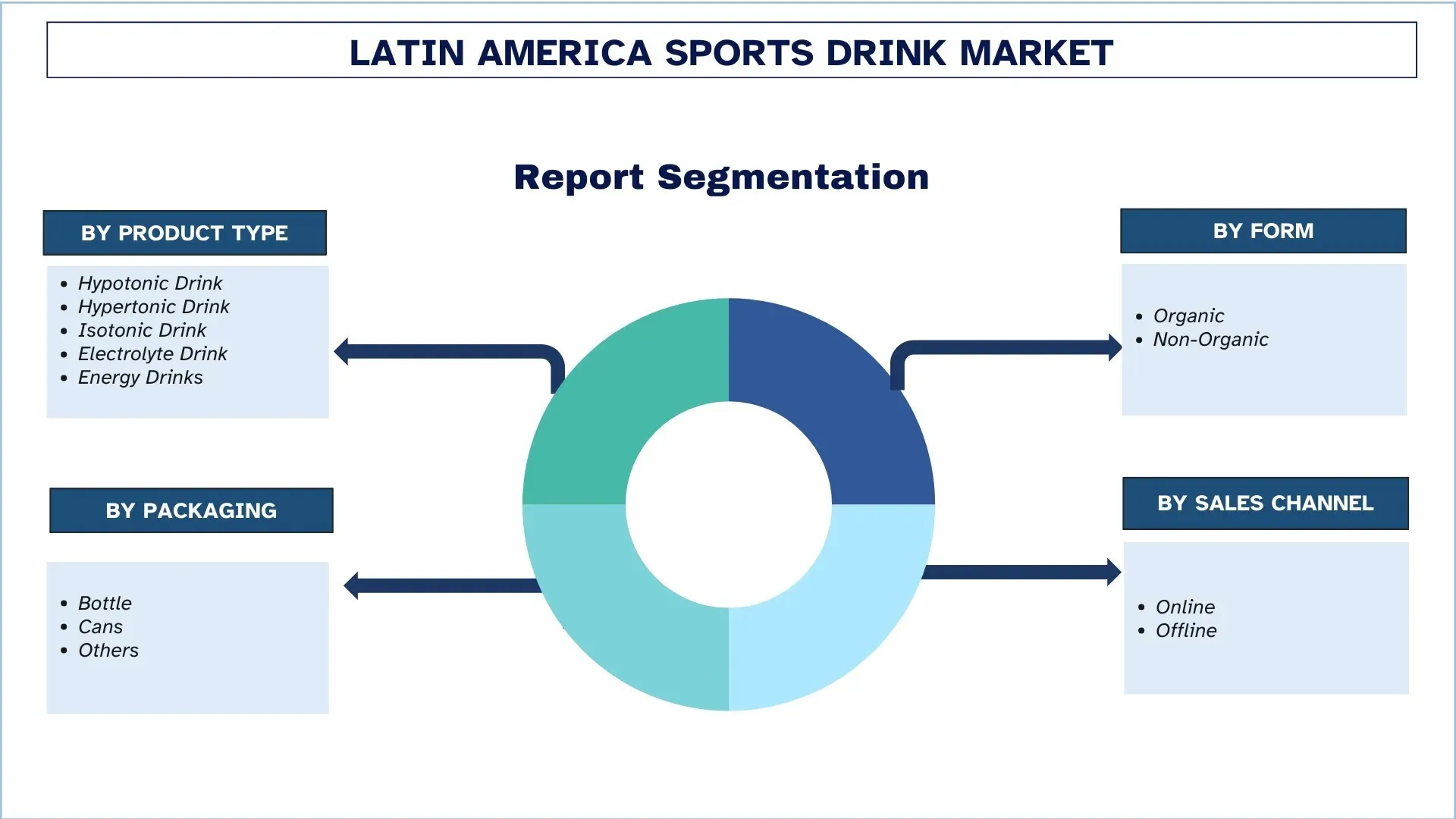
Latin America Sports Drink Market Trends
This section discusses the key market trends that are influencing the various segments of the Latin America Sports Drink market, as found by our team of research experts.
Low/No-Sugar & Functional Hydration Demand:
The sports drink environment is changing in Latin America, where low- and no-sugar formulations are the most innovative. There is an increasing demand among consumers, especially younger age groups, to find non-calorie drinks offering hydration but without high-energy levels, which would be consistent with the efforts of governments in such countries as Mexico to promote a diet without high-energy foods. The response from the global leaders is to increase product lines like the Gatorade Water, which are used in daily hydration and marketed as a cleaner and functional alternative. Simultaneously, functional ingredients, including added electrolytes and other vitamins, are getting promoted as well to attract both fitness enthusiasts and casual clientele. The trend represents the wider movement in the region towards wellness and presents sports drinks as a versatile and lifestyle product, and not a product focused on performance.
Latin America Sports Drink Industry Segmentation:
This section provides an analysis of the key trends in each segment of the Latin America Sports Drink market report, along with forecasts at the country and regional levels for 2025-2033.
The Isotonic Drinks Category has shown promising growth in the Sports Drink Market.
Based on Product type, the Latin America sports drink market is segmented into hypotonic drinks, hypertonic drinks, isotonic drinks, electrolyte drinks, and energy drinks. Isotonic drinks are a notable market in the Latin American sports drink market, which can be attributed to the fact that they contain balanced quantities of electrolytes and carbohydrates, which are minimal compared to the actual amounts of fluids present in the body. This renders them very practical in the fast rehydration process in sports and daily life, and both professional and casual sportsmen enjoy them. The popularity of isotonic drinks in the region and the market leadership is enhanced by strong brand presence by the global leaders, wide distribution in convenience stores, and sponsorships of the major football events.
The non-organic category dominates the Latin America Sports Drink Market.
Based on Form, the market is bifurcated into organic and non-organic. Currently, non-organic or synthetic flavor-based sports drinks have held a dominant market share. Due to the extensive number of options available in the non-organic category, as well as their affordable pricing, a large section of buyers finds them convenient for consumption. However, with the increased awareness, growing purchasing power, and availability of more options in the organic category, the demand for organic or natural sports drinks is expected to rise in the coming years.
The bottle category dominates the Latin America Sports Drink Market.
Based on Packaging, the market is segmented into bottles, cans, and others. The bottles have held a sizeable market share owing to the low cost of packaging as well as a suitable option in case of handling and affordability among the consumers. Many of the lower-priced sports drinks also opt for plastic bottle packaging to reduce costs, as well as rely on the durable nature of such bottles for transportation. Cans often provide a premium feel to consumers, as it is durable but are much costlier than their counterparts, which has limited their usage to the premium-priced sports drink category.
Brazil is expected to grow at a considerable rate during the forecast period.
Brazil is the biggest and most vibrant sports drink market within the Latin America region, which is driven by the fact that it has a good sporting culture, increasing fitness enthusiasts, and has been hosting international events. The major demand driver is football, and major sponsorships connect hydration brands to players, teams, and fan experiences. Apart from football, the consumer adoption of electrolyte-based beverages has expanded due to the popularity of running events, gyms, and outdoor activities. Additionally, the hot weather and high temperatures are increasing the necessity of hydration solutions, thereby increasing the daily consumption. The giants in the market like Gatorade and Powerade are setting the curve, yet local and natural substitutes like coconut water are on the rise. As the number of retailers, e-commerce, and health awareness increase, Brazil remains the anchor market for regional sports drink growth.
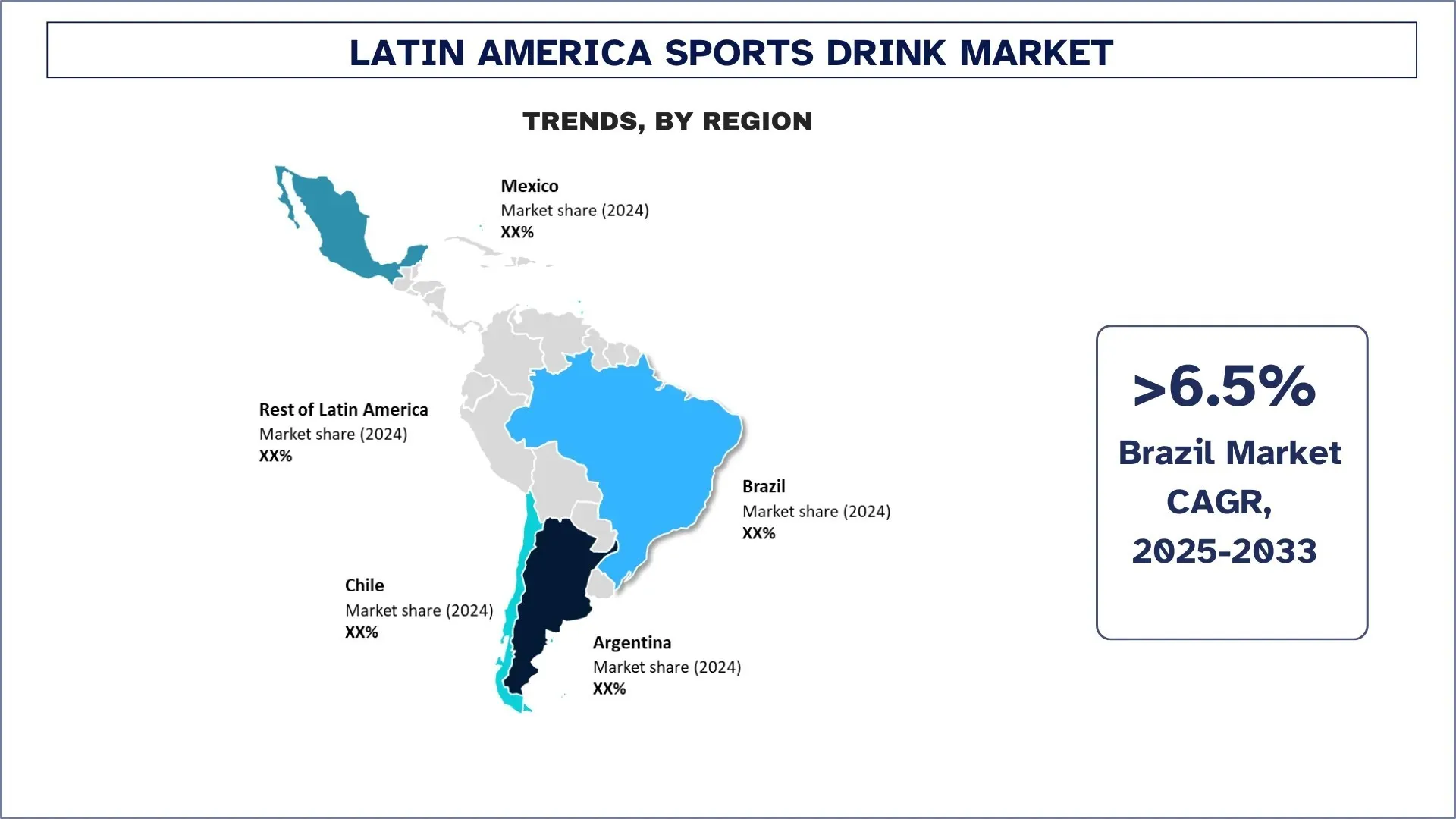
Latin America Sports Drink Industry Competitive Landscape:
The Latin America Sports Drink market is competitive, with several global and international market players. The key players are adopting different growth strategies to enhance their market presence, such as partnerships, agreements, collaborations, new product launches, geographical expansions, and mergers and acquisitions.
Top Latin America Sports Drink Companies
Some of the major players in the market are PepsiCo (Gatorade), AJE Group (SPORADE), Electrolit, The Coca-Cola Company, Grupo Jumex, Prime Hydration LLC, Vrauu Energy Drink, Döhler GmbH, and Others.
Latin America Sports Drink Market Report Coverage
Details | |
Base year | 2024 |
Forecast period | 2025-2033 |
Growth momentum | Accelerate at a CAGR of 6% |
Market size 2024 | USD 4,000 Million |
Country analysis | Mexico, Brazil, Argentina, Chile, Rest of Latin America |
Major contributing Country | Brazil is expected to dominate the market during the forecast period. |
Companies profiled | PepsiCo (Gatorade), AJE Group (SPORADE), Electrolit, The Coca-Cola Company, Grupo Jumex, Prime Hydration LLC, Vrauu Energy Drink, Döhler GmbH, and Others. |
Report Scope | Market Trends, Drivers, and Restraints; Revenue Estimation and Forecast; Segmentation Analysis; Demand and Supply Side Analysis; Competitive Landscape; Company Profiling |
Segments Covered | by Product Type, by Form, by Packaging, by Sales Channel, by Country |
Reasons to Buy the Latin America Sports Drink Market Report:
The study includes market sizing and forecasting analysis confirmed by authenticated key industry experts.
The report briefly reviews overall industry performance at a glance.
The report covers an in-depth analysis of prominent industry peers, primarily focusing on key business financials, type portfolios, expansion strategies, and recent developments.
Detailed examination of drivers, restraints, key trends, and opportunities prevailing in the industry.
The study comprehensively covers the market across different segments.
Deep dive Country-level analysis of the industry.
Customization Options:
The Latin America Sports Drink market can further be customized as per requirements or any other market segment. Besides this, UnivDatos understands that you may have your own business needs; hence, feel free to contact us to get a report that completely suits your requirements.
Table of Content
Research Methodology for the Latin America Sports Drink Market Analysis (2023-2033)
We analyzed the historical market, estimated the current market, and forecasted the future market of the Latin America Sports Drink market to assess its application in major countries. We conducted exhaustive secondary research to gather historical market data and estimate the current market size. To validate these insights, we carefully reviewed numerous findings and assumptions. Additionally, we conducted in-depth primary interviews with industry experts across the Sports Drink value chain. After validating market figures through these interviews, we used both top-down and bottom-up approaches to forecast the overall market size. We then employed market breakdown and data triangulation methods to estimate and analyze the market size of industry segments and sub-segments.
Market Engineering
We employed data triangulation techniques to finalize the overall market estimation and derive precise statistical numbers for each segment and sub-segment of the Latin America Sports Drink market. We split the data into several segments and sub-segments by analyzing various parameters and trends, by Product Type, by Form, by Packaging, by Sales Channel, and by country within the Latin America Sports Drink market.
The Main Objective of the Latin America Sports Drink Market Study
The study identifies current and future trends in the Latin America Sports Drink market, providing strategic insights for investors. It highlights Country-level market attractiveness, enabling industry participants to tap into untapped markets and gain a first-mover advantage. Other quantitative goals of the studies include:
Market Size Analysis: Assess the current forecast and market size of the Latin America Sports Drink market and its segments in terms of value (USD).
Latin America Sports Drink Market Segmentation: Segments in the study include areas by Product Type, by Form, by Packaging, by Sales Channel, and by
Regulatory Framework & Value Chain Analysis: Examine the regulatory framework, value chain, customer behavior, and competitive landscape of the Latin America Sports Drink industry.
Country Analysis: Conduct a detailed Country analysis for key areas such as Mexico, Brazil, Argentina, Chile, and the Rest of Latin America.
Company Profiles & Growth Strategies: Company profiles of the Latin America Sports Drink market and the growth strategies adopted by the market players to sustain the fast-growing market.
Frequently Asked Questions FAQs
Q1: What is the Latin America Sports Drink market’s current market size and growth potential?
The Latin America Sports Drink market was valued at USD 4,000 million in 2024 and is expected to grow at a CAGR of 6% during the forecast period (2025-2033).
Q2: Which segment has the largest share of the Latin America Sports Drink market by Product Type?
With the growing demand for fast rehydration among sports athletes and gym-going populations, the demand for isotonic drinks has grown extensively.
Q3: What are the driving factors for the growth of the Latin America Sports Drink market?
• Big Ticket Games & Sponsorship Fueling Demand: Major sporting events and sponsorships are boosting visibility and adoption of sports drinks.
• Omnichannel Reach Expanding: Distribution via retail, e-commerce, and direct-to-consumer platforms is enhancing accessibility and market penetration.
• Heatwaves & Hotter Summers: Rising temperatures across the region are driving higher demand for hydration products.
Q4: What are the emerging technologies and trends in the Latin America Sports Drink market?
• Low/No-Sugar & Functional Hydration Demand: Consumers seek healthier alternatives with added electrolytes, vitamins, and natural ingredients.
• Social Media Engagement of Brands: Platforms like TikTok and Instagram are driving flavor adoption, brand loyalty, and viral marketing campaigns.
Q5: What are the key challenges in the Latin America Sports Drink market?
• Regulatory Pressure on Sugar: Governments are enforcing stricter guidelines to curb high-sugar beverages, pushing reformulation.
• Operational/Supply-Chain Risks: Geographic dispersion and logistics complexities create hurdles in distribution and consistent availability.
Q6: Which country dominates the Latin America Sports Drink market?
Brazil dominates the Latin American Sports Drink market due to a large population and growing culture of sports and athleticism.
Q7: Who are the key players in the Latin America Sports Drink market?
Some of the top Sports Drink companies in Latin America include:
• PepsiCo (Gatorade)
• AJE Group (SPORADE)
• Electrolit
• The Coca-Cola Company
• Grupo Jumex
• Prime Hydration LLC
• Vrauu Energy Drink
• Döhler GmbH
• Others
Q8: What are the opportunities for companies within the Latin America Sports Drink market?
• Rise of Women’s Sports Promoting Sports Drinks: Growing female participation in sports is opening new avenues for targeted marketing and product innovation.
• Demand for Natural Sports Drinks: Increasing consumer preference for clean-label, natural, and plant-based hydration options is creating growth opportunities.
Q9: How are consumer preferences shaping product development in the Latin America Sports Drink market?
Consumer preferences in Latin America prioritize low-sugar, functional, and natural hydration solutions, driving brands to innovate with cleaner formulations, added electrolytes, vitamins, and lifestyle-focused products beyond traditional performance drinks.
Related Reports
Customers who bought this item also bought

